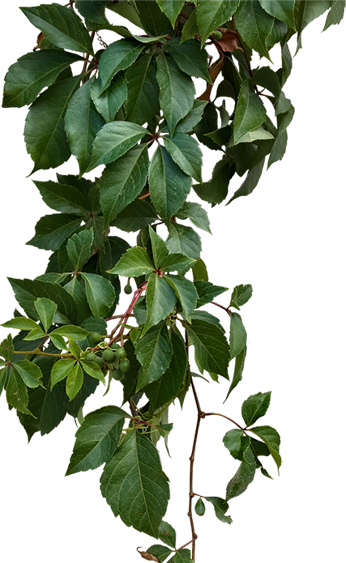
How to Set Up a Plant Tissue Culture Lab with LED Lighting (NZ Edition)
- Home
- How to Set Up a Plant Tissue Culture Lab with LED Lighting (NZ Edition)

How to Set Up a Plant Tissue Culture Lab with LED Lighting (NZ Edition)

In New Zealand, the demand for sustainable and efficient agricultural practices is on the rise. Plant tissue culture, combined with advanced LED lighting, offers a promising solution for propagating plants rapidly and uniformly. This guide provides a step-by-step approach to establishing a plant tissue culture laboratory equipped with LED lighting, tailored specifically for New Zealand conditions.
1. Understanding Plant Tissue Culture
Plant tissue culture is a technique of growing plant cells, tissues, or organs under sterile conditions on a nutrient culture medium. This method allows for the rapid multiplication of plants and is essential for:
Producing disease-free plants
Conserving rare or endangered species
Genetic modification and research
2. Importance of LED Lighting in Tissue Culture
Light plays a crucial role in plant growth and development. LED lighting has become the preferred choice for tissue culture labs due to its:
Energy Efficiency: LEDs consume less power, reducing operational costs.
Spectrum Control: Ability to emit specific wavelengths suitable for different growth stages.
Low Heat Emission: Minimizes the risk of overheating cultures.
Longevity: Longer lifespan compared to traditional lighting.
Studies have shown that specific light spectra can influence plant morphogenesis and physiology.
3. Designing the Laboratory Space
a. Location and Layout
Choose a location with minimal contamination risks. The lab should be divided into distinct areas:
Media Preparation Room: For preparing culture media.
Sterilization Area: Equipped with autoclaves for sterilizing equipment and media.
Inoculation Room: A sterile environment for transferring plant materials.
Growth Room: Where cultures are incubated under controlled conditions.
Proper ventilation and humidity control are essential to prevent contamination and ensure optimal growth conditions.
b. Shelving and Workspace
Use durable, non-corrosive materials for shelves and workbenches. Shelving should allow for adjustable LED light installation and easy cleaning. Ensure sufficient spacing between shelves to accommodate different plant sizes and lighting setups.
4. Selecting Appropriate LED Lighting
a. Light Spectrum
Different wavelengths influence various aspects of plant growth:
Red Light (around 660 nm): Promotes stem elongation and flowering.
Blue Light (around 460 nm): Encourages chlorophyll production and compact growth.
Far-Red Light (around 730 nm): Influences germination and flowering.
A combination of red and blue light, typically in a 3:1 ratio, has been found effective for many tissue culture applications.
b. Light Intensity and Photoperiod
Light intensity, measured in µmol/m²/s, should be adjusted based on the plant species and growth stage. For most tissue cultures, an intensity of 40–100 µmol/m²/s is adequate. A photoperiod of 12–16 hours of light per day is commonly recommended.
c. Recommended LED Fixtures
When selecting LED fixtures, consider factors like spectrum control, energy efficiency, and ease of installation. While specific product recommendations are beyond this guide’s scope, ensure the chosen fixtures meet the lab’s requirements and comply with New Zealand’s electrical standards.
5. Essential Equipment and Supplies
Setting up a tissue culture lab requires various equipment and supplies:
Autoclave: For sterilizing media and tools.
Laminar Flow Hood: Provides a sterile environment for handling cultures.
pH Meter: Ensures media has the correct acidity/alkalinity.
Culture Vessels: Containers for growing plant tissues.
Growth Media: Nutrient-rich solutions tailored to specific plant needs.
Ensure all equipment is regularly calibrated and maintained to guarantee consistent results.
6. Implementing Safety and Sterility Protocols
Maintaining a sterile environment is paramount in tissue culture labs:
Personal Protective Equipment (PPE): Lab coats, gloves, and masks should be worn at all times.
Regular Cleaning: Work surfaces and equipment should be disinfected before and after use.
Waste Disposal: Contaminated materials must be disposed of following biohazard protocols.
Training: All personnel should be trained in aseptic techniques and emergency procedures.
7. Navigating New Zealand Regulations
Before establishing a tissue culture lab in New Zealand, familiarize yourself with local regulations:
Biosecurity: Ensure compliance with the Ministry for Primary Industries (MPI) guidelines.
Electrical Standards: All equipment, including LED fixtures, must meet New Zealand’s electrical safety standards.
Waste Management: Adhere to local council regulations regarding the disposal of biological and chemical waste.
Consulting with local authorities and industry experts can provide clarity and ensure compliance.
8. Conclusion
Establishing a plant tissue culture lab with LED lighting in New Zealand offers numerous benefits, from conserving native plant species to advancing agricultural research. By carefully planning the lab’s design, selecting appropriate lighting, and adhering to safety protocols, you can create a productive and efficient environment for plant propagation.
9. FAQs
1. What are the benefits of using LED lights in a tissue culture lab?
Answer: LED grow lights offer multiple benefits for tissue culture labs, including lower energy consumption, customizable light spectra for specific plant stages, minimal heat output to protect cultures, and a long operational lifespan. These features make LEDs the most efficient lighting solution for labs in New Zealand.
2. How much does it cost to set up a tissue culture lab in New Zealand?
Answer: The cost can vary widely depending on the lab’s size and equipment. A small-scale setup for educational or research purposes may start from NZD $10,000–$20,000, while a fully equipped commercial lab could range from NZD $50,000 and up. LED lighting systems, while initially more expensive, help reduce long-term operational costs.
3. What kind of LED lights are best for tissue culture?
Answer: Full-spectrum LED grow lights with adjustable red and blue wavelengths are ideal. In most tissue culture setups, a balance of red (660 nm) and blue (460 nm) light in a 3:1 ratio is effective for callus formation, shoot development, and root induction. Always choose lights certified for plant applications.
4. How do I prevent contamination in my tissue culture lab?
Answer: Maintaining sterility is crucial. Use a laminar flow hood, wear gloves and lab coats, sterilize all tools with an autoclave, clean surfaces with alcohol or bleach, and limit air drafts. Consistent protocols and trained personnel are the best defense against contamination.
5. Do I need regulatory approval to start a tissue culture lab in NZ?
Answer: Yes, depending on the scope of your work. If you’re working with genetically modified organisms (GMOs) or importing plant materials, you must comply with regulations from New Zealand’s Ministry for Primary Industries (MPI) and the Environmental Protection Authority (EPA). Always check local biosecurity and waste disposal rules.
Popular Products
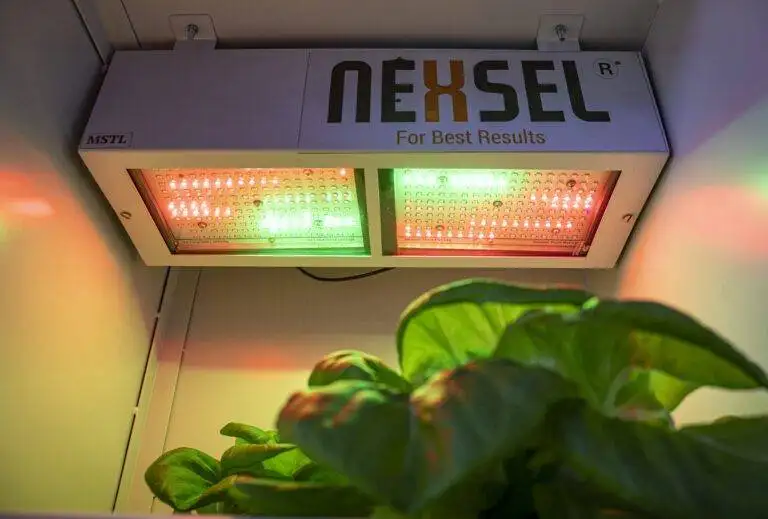
Enquire Now
Quick Link
Other Links
Design & Developed By VBTEK
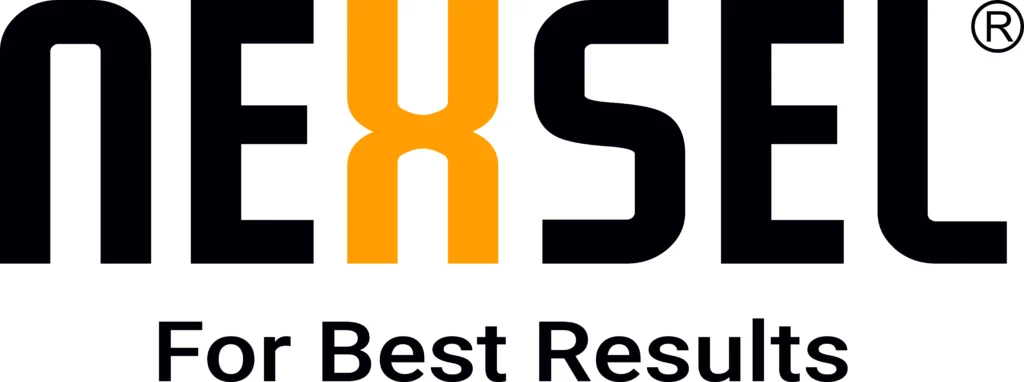
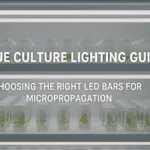
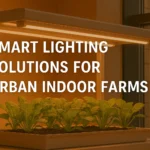

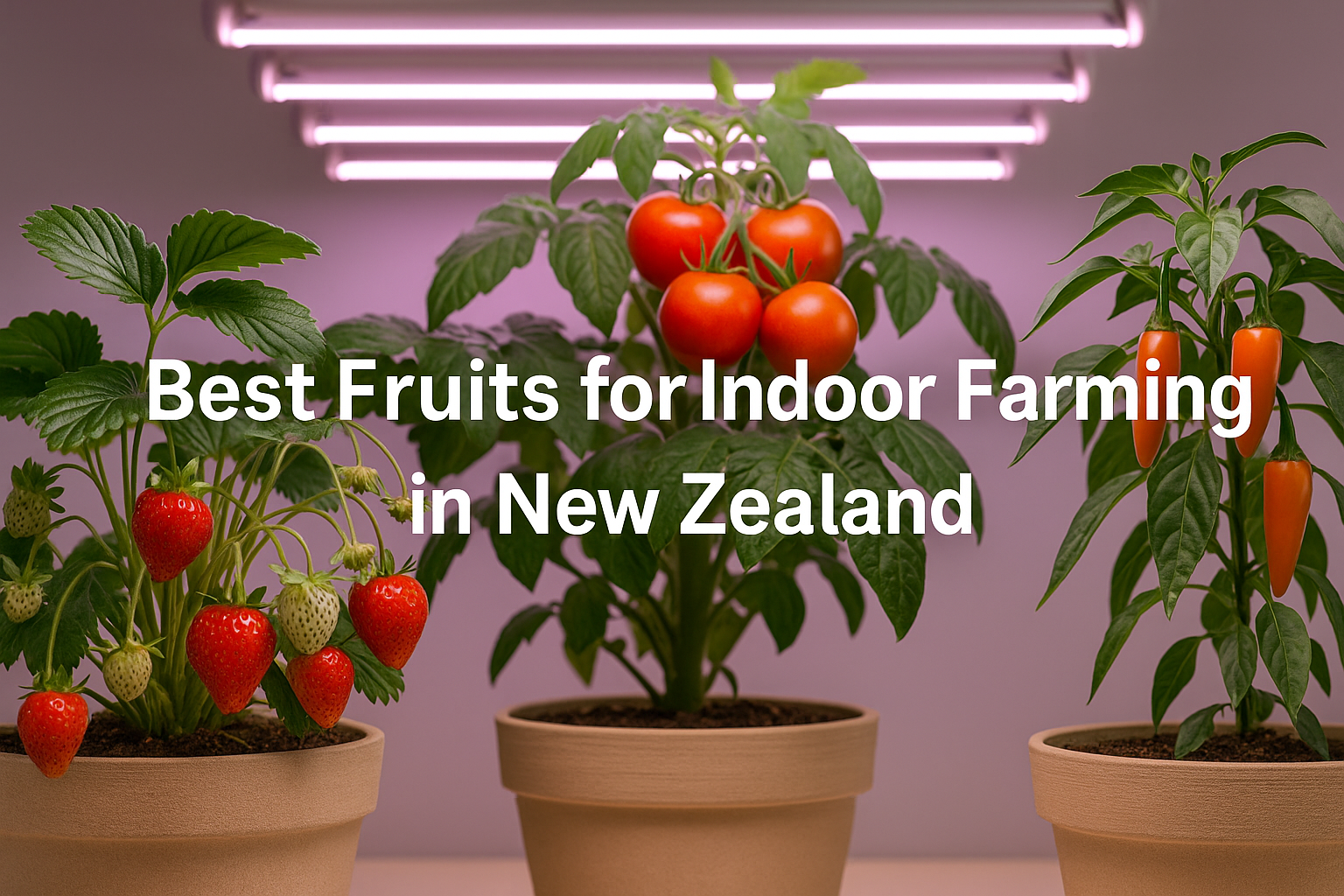




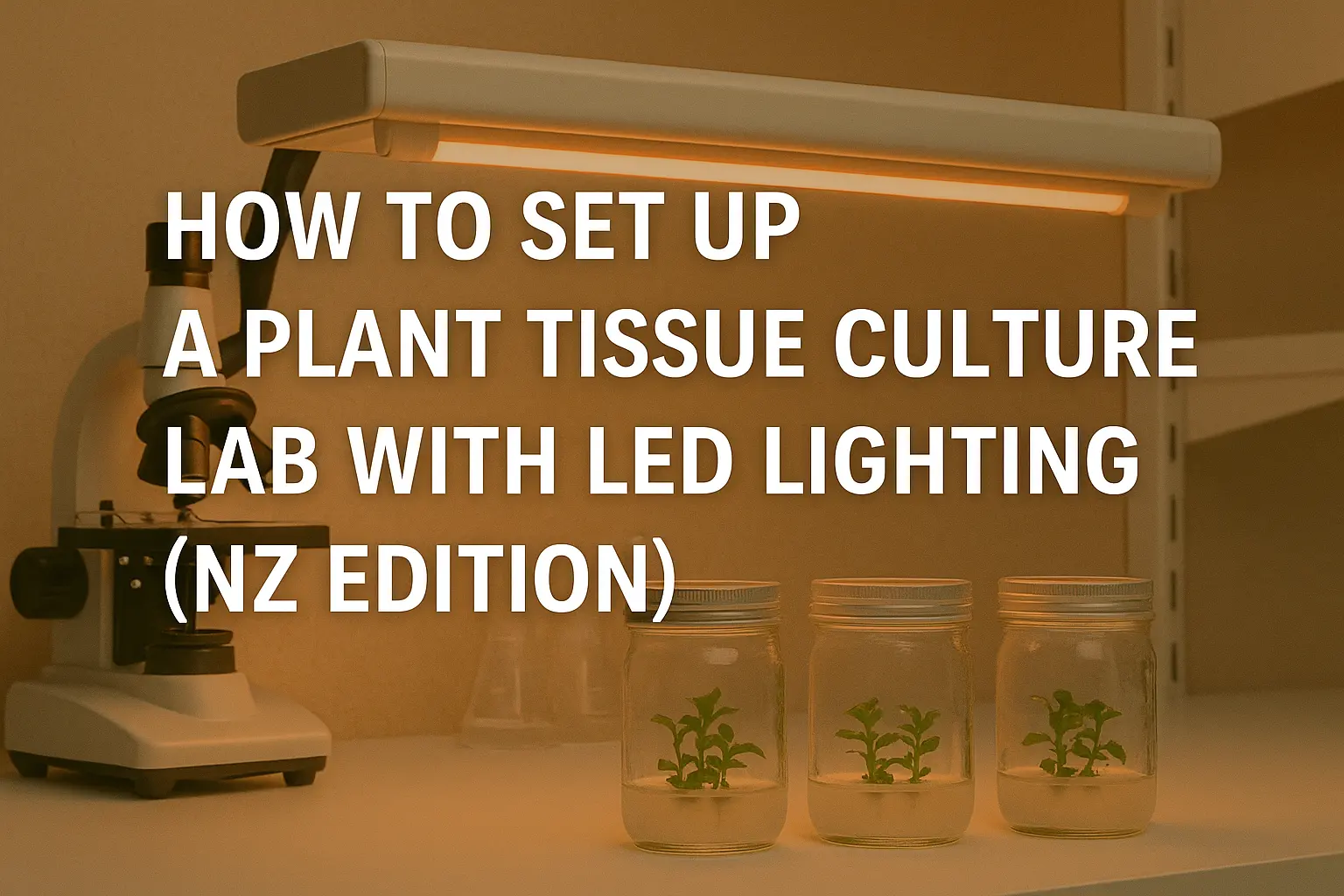

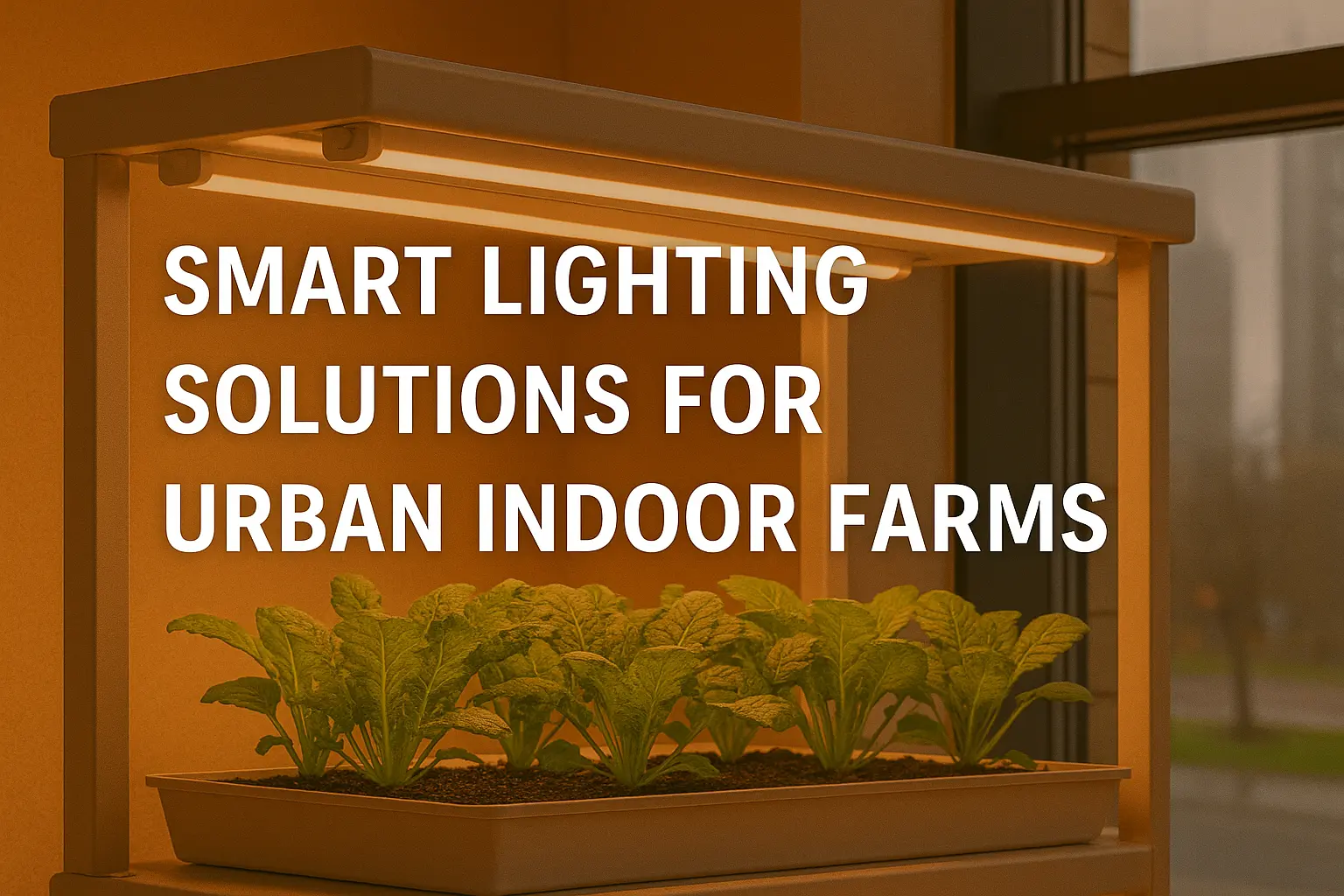
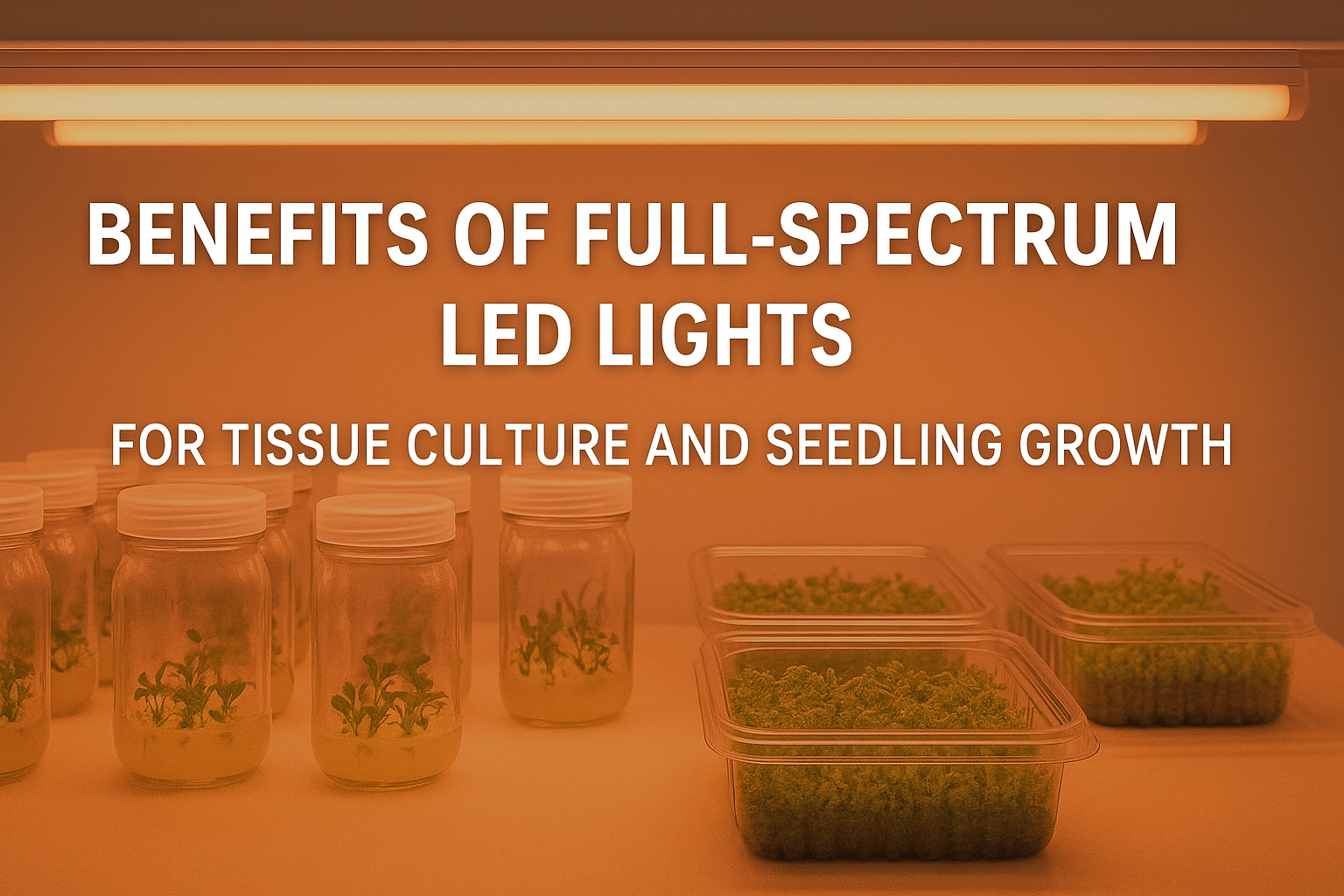
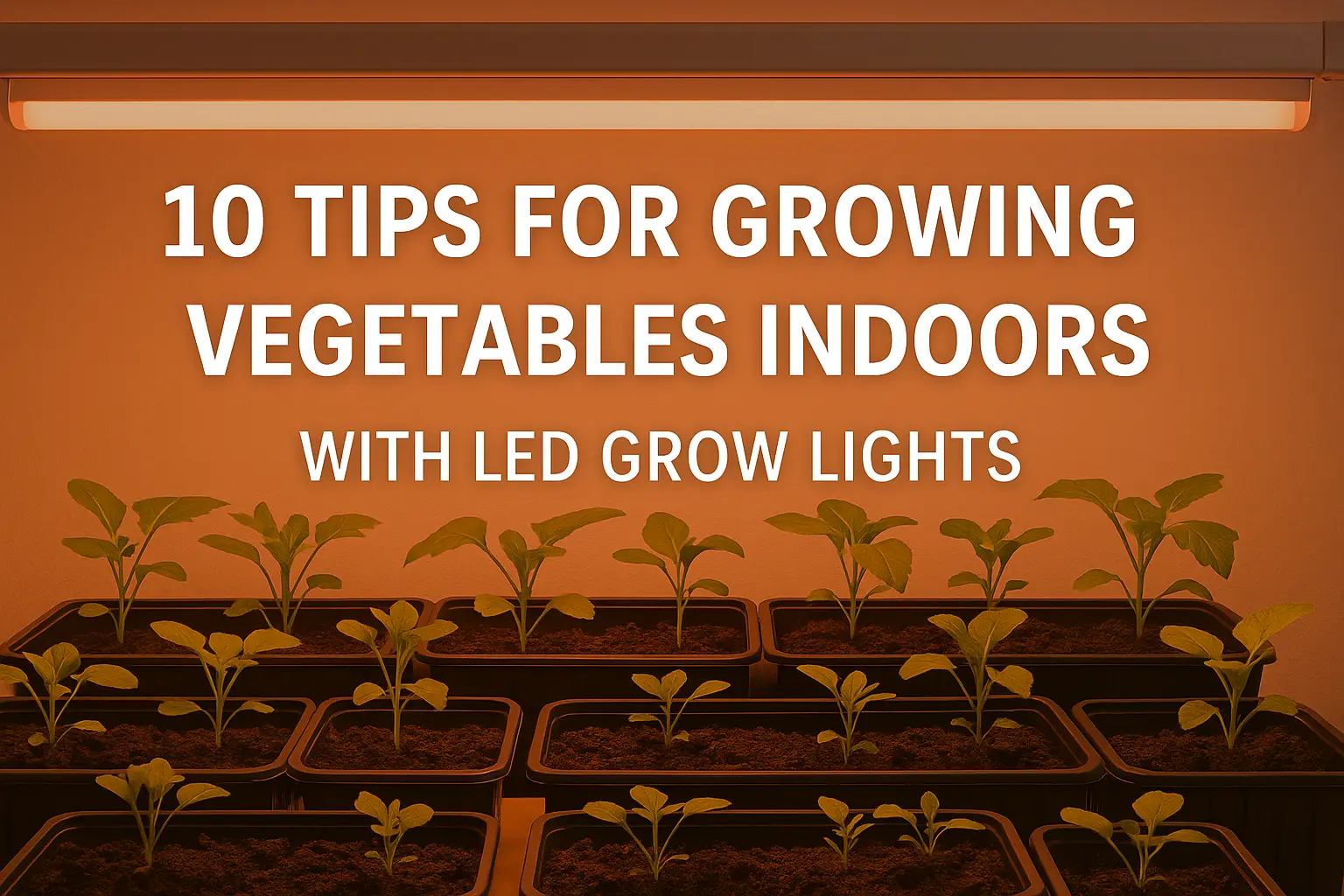
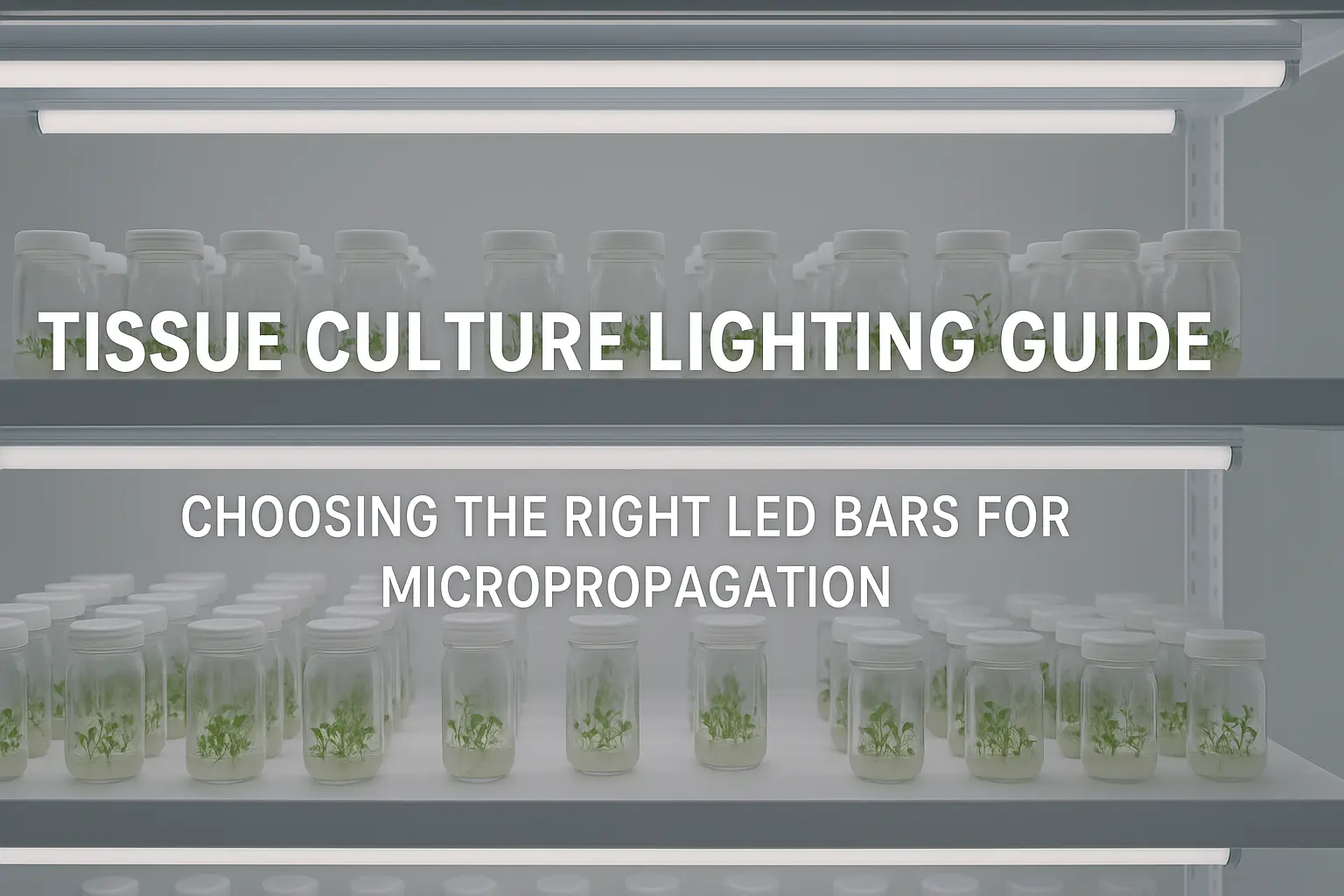
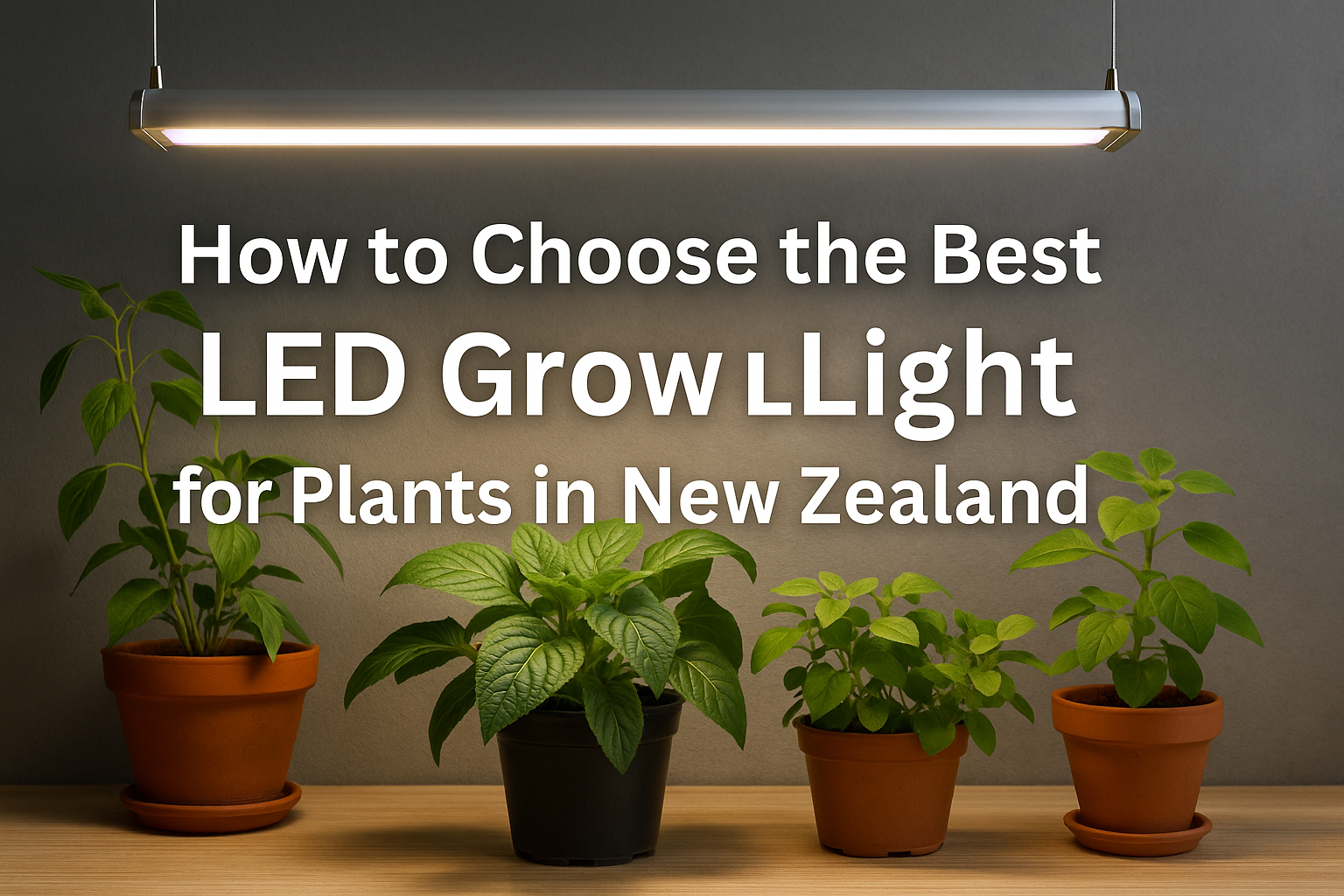



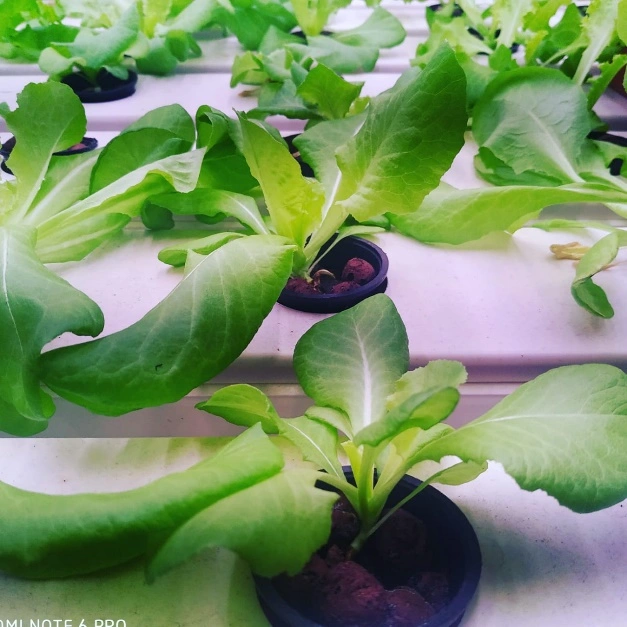

Leave A Comment